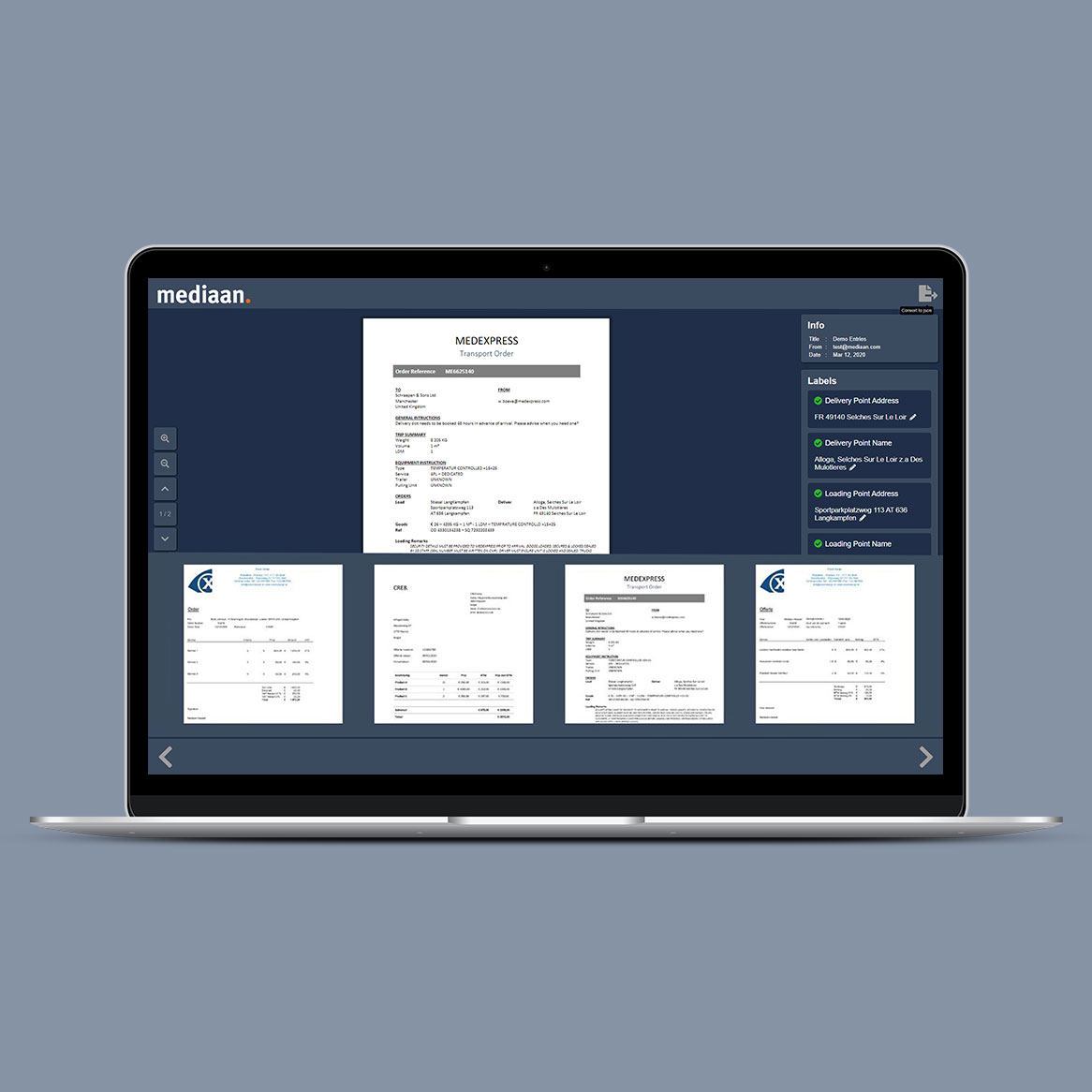Project Description
PREDICTING HOSPITAL BED CAPACITY TO ENSURE OPTIMAL PLANNING
ZUYDERLAND

BRIEF
Zuyderland, a hospital in Limburg (NL), is committed to innovation in healthcare. With a focus on enhancing patient care, the hospital actively pursues the development and implementation of new ideas, resources, techniques, services and processes.
Moving patients within the hospital is more complex than it seems. Departments often use temporarily available beds on sister wards until their own beds become available. Timely coordination is essential to minimize logistical challenges, emphasizing the need for early requests. With high patient inflows, the hospital must have enough staff to ensure that patients can be properly accommodated and receive clinical care. Last but not least, by gaining insight into the right information, hospital staff could take more efficient preventive action, for instance by carrying out more discharge rounds when there is a peak of patients coming in.
To address these challenges and assist Zuyderland in enhancing their capacity planning efforts, Data Science experts from Mediaan Conclusion collaborate with experts from Zuyderland, focusing on three key areas:
Patients inflow forecast: Proactively anticipating the influx of patients to facilitate effective planning.
Statistic simulation of patient movements within the hospitals: Developing simulations to comprehend and optimize the flow of patients within the hospital.
Dashboard development: Developing a comprehensive dashboard to offer real-time insights and support decision-making.
CHALLENGES
To ensure accurate simulations, we had to constantly refine the data to obtain a high-quality medical dataset. In addition, it was also a challenge to find a balance where you have to be specific enough to generate an accurate prediction, but not too specific so that you could still run a simulation, otherwise you have no pattern to predict.
THE CONCEPT
To overcome all the challenges and get the best possible solution, the team created a hybrid model. We had to ensure that the model could not only predict the number of patients admitted to the hospital, but also indicate upper and lower thresholds with a degree of confidence. This would allow you to strategically plan for worse-case scenarios, so that even if you end up admitting more patients than statistically expected, you still have enough capacity. The information obtained from this prediction would then be used as input to simulate the movement of patients from one ward to another. We then developed a user-friendly dashboard that provides a clear and better overview.
THE TEAM
In this project, Mediaan’s Data Scientists set the groundwork and collaborated closely with Zuyderland’s, Data Scientists, Data Analysts, and Application Specialists. The synergy of combining expertise played a crucial role in ensuring the success of the project. The following methods and technologies were employed:
Python
Time-Series Forecasting
Machine Learning
Microsoft SQL
Tableau
Docker
Apache Airflow

RESULTS
The team successfully developed a solution that offered valuable insights into both the expected patient influx and the simulated movement of patients between different wards. This resulted in solid predictions of the number of beds needed across the hospital, which was useful for maintaining long-term capacity planning.
WANT TO SEE MORE?
OTHER PROJECTS
CONTACT
GET IN TOUCH!
Would you like to learn more about our solution? Just provide your contact information, and one of our experts will get in touch with you.
We hope we have now convinced you that we are the ideal partner to brainstorm with about your specific needs. Don’t hesitate to contact us!


